info@msmadencilik.com.tr
MS Madencilik Tic. Ltd. Şti. Emirler Köyü Yıldızeli / Sivas
Vermiculite is a hydrated magnesium aluminum silicate mineral. Vermiculite formation occurs in a variety of forms depending on natural weather conditions, hydrothermal actions, leaking underground waters, or combinations of these three actions.
However, research in recent years has only neglected to achieve a hydrothermal origin for vermiculite, and it is believed that the main factors in the formation of vermiculite are attributed to natural weather conditions and leaking groundwater. Commercial vermiculite deposits are normally derived from the natural changes of mineral structure, such as iron-bearing phlogopite or biotite, to reduce alkali metal levels and to add crystal water to the structure.
Various chemical formulas are given for vermiculite. The following general formula was calculated from 65 vermiculite analysis.
(Na0.21, K0.39, Mg0.19, Ca0.13.6H2O)
( Mg5, Fe + 20.2, Fe + 30.8) [Si5.5, Al2.5, O20] (OH) 4
When the components in the first parenthesis represent the ion exchangeable layer, the components in the second parenthesis form the cations of the octahedral layer and the components in the parenthesis form the tetrahedral layer.
The mine is extracted using techniques in which the vermiculite ore is separated from other minerals and then classified into several main particle classes. Every effort is made to reduce the environmental impact of mining activities to the greatest extent and restore mining to natural conditions when it ends.
The vermiculite;
 Extra light weight,
Extra light weight,
 High aeration capacity,
High aeration capacity,
 High water retention capacity,
High water retention capacity,
 The ability to be inorganic and sterile - especially seeds mixed into vermiculite moistened in cold applications, are ready to germinate for decay with the reason that the material is sterile.
The ability to be inorganic and sterile - especially seeds mixed into vermiculite moistened in cold applications, are ready to germinate for decay with the reason that the material is sterile.
 High absorption power,
High absorption power,
 Slow releasing properties of abstained liquids - Provides the healthiest development by collecting in the soil the water and the irrigation water which are mixed with the soil and gradually giving it to the plant roots.
Slow releasing properties of abstained liquids - Provides the healthiest development by collecting in the soil the water and the irrigation water which are mixed with the soil and gradually giving it to the plant roots.
 Low thermal conductivity, high insulating properties.
Low thermal conductivity, high insulating properties.
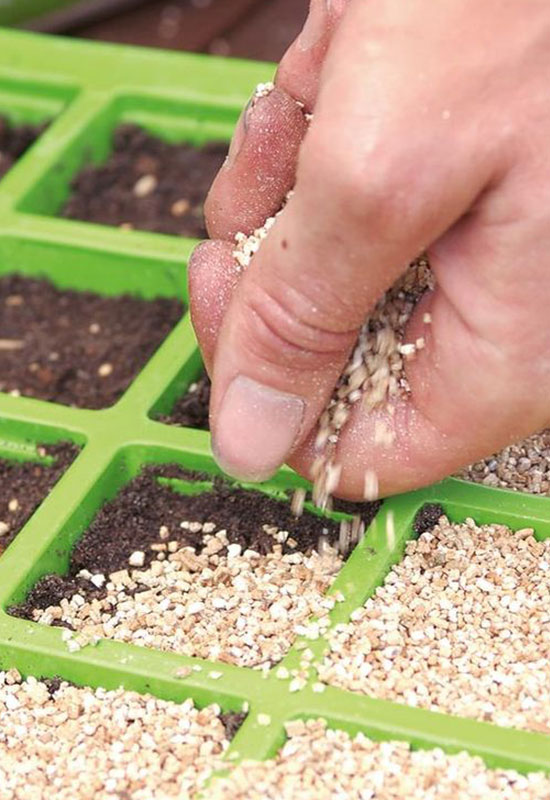
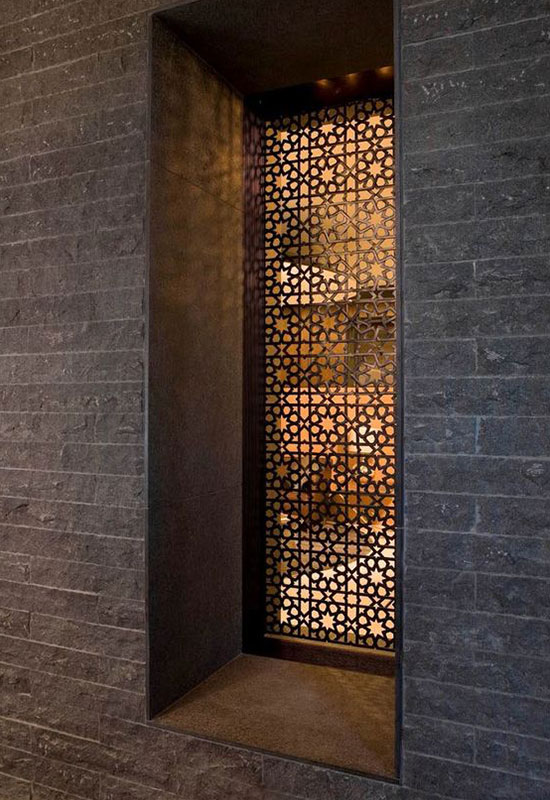
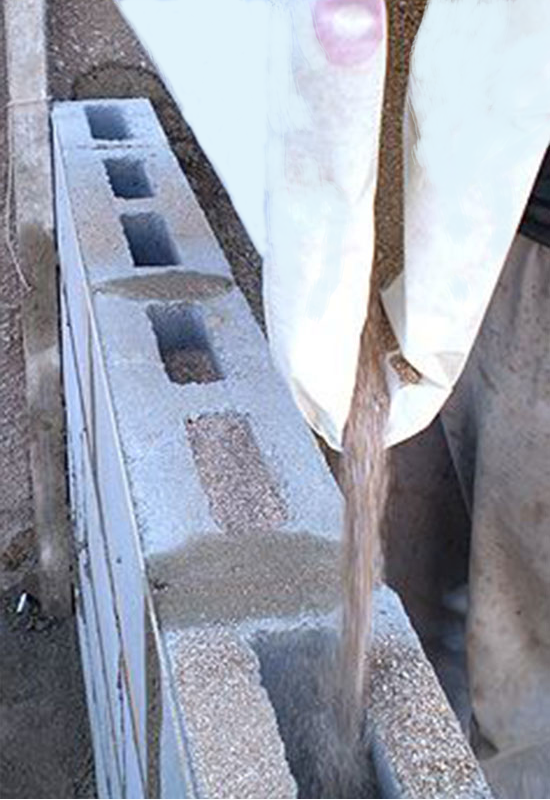
Reserve: vermiculite was found during the formation of the ophiolite belt geological studies is unknown, although the presence of vermiculite more beds in Turkey. Until now, the most important deposits of vermiculite have been studied in Sivas-Yildizli and Malatya regions. The occurrences in the Malatya region have been studied by Aras (1984) and new studies in different regions have been initiated by us.Aras (1984) stated that the expansion rates of Malatya vermiculites were quite low (about 2-3 times) and that economic value could not be reached, which might be wrong to arrive at a definite judgment.
Because of expansion in the experiment with sudden temperature 4-8 seconds, to a lack of experimental conditions it may not have real expansion coefficient of minerals. The reserve accounts show that 6-7 million tonnes are likely reserves in these occurrences.
The formation of vermiculite in Sivas Yıldızeli known as Turkey and the largest single operational bed of vermiculite is meant. So far, all of them living in Turkey vermiculite formation of vessels is alkaline or intrusive rocks with ultramafic and mafic bodies within the cut.
Source: "VIII Five-Year Development Plan, Mining Specialization Commission Report, Substances of Construction Subcommittee of Industrial Raw Materials III", (2001)
Vermiculite is used in seedling cultivation by mixing with peat at different ratios to form a seed mixture.
The recommended rate is 1 lt Vermiculite 1 lt Torf. The extra mild characteristic of vermiculite makes it possible to produce a larger number of small air gaps in the mixture to be planted. This allows better ventilation and more oxygen in the root zone. The high water holding power encourages rapid and strong root development. As a result, an advanced root system provides rapid adaptation after planting.
Because of its inorganic and sterile properties, Vermiculite is a mixture material that can be safely used without any worries.
The vermiculite particles have a large surface, allowing water and accompanying plant nutrients to be held quickly, then gradually released as the plant wants.
Due to the physical properties of the vermiculite particles, seedling roots will be stronger and more stable. This allows seedling roots to be less damaged than external factors. Vermiculitis is an inorganic substance, and no disease is caused by weeds.
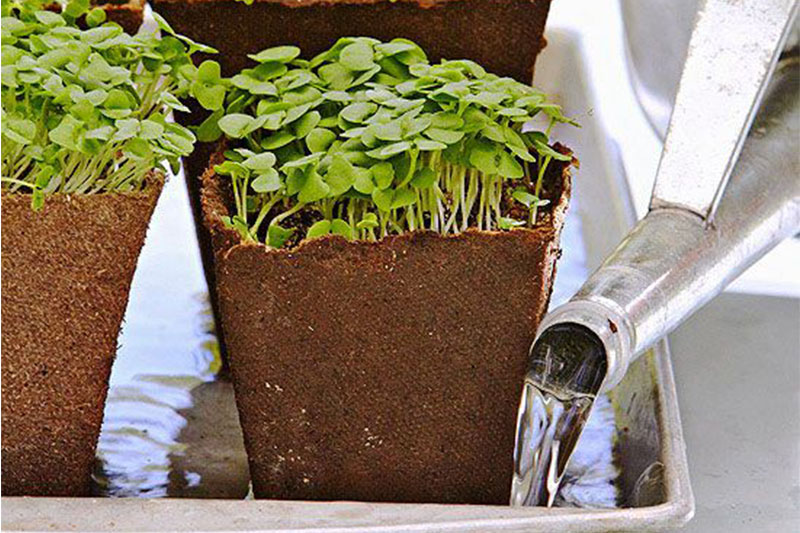
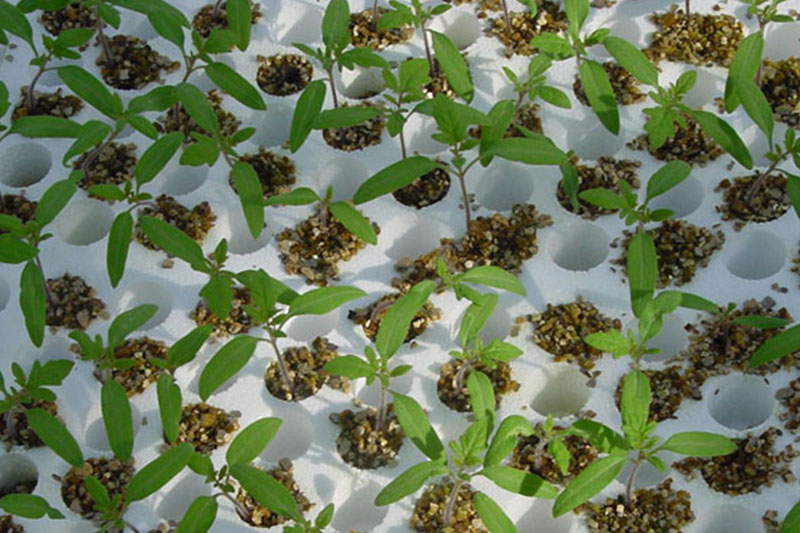
 BÜLTEN
BÜLTEN